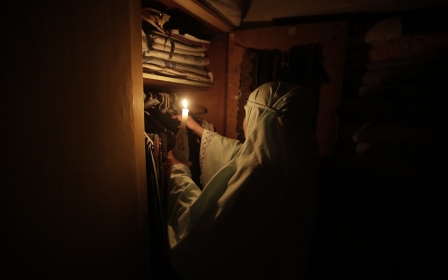
In pictures: Palestinians at Shatila refugee camp in Lebanon suffer once more
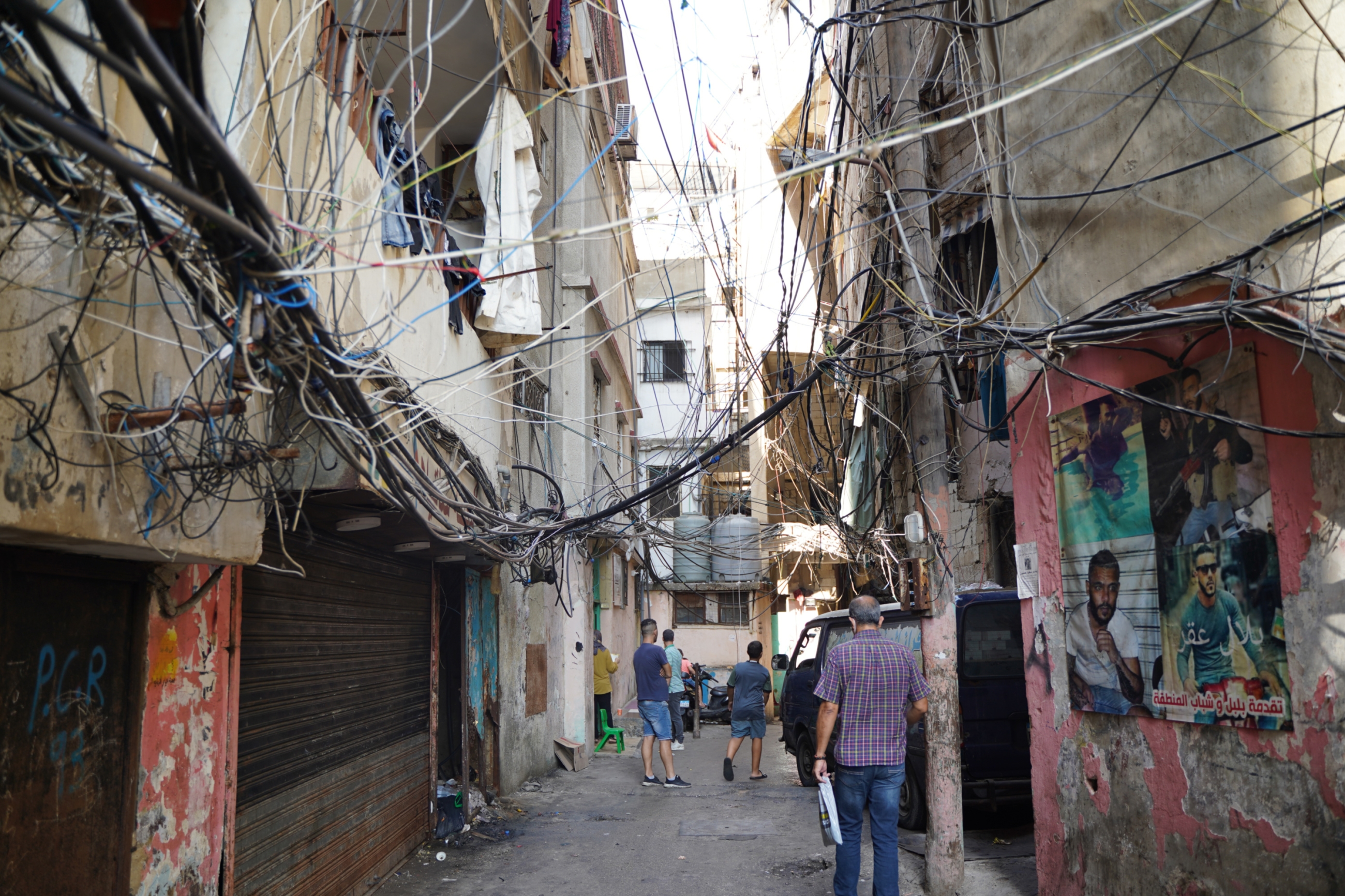
The World Bank has described Lebanon as experiencing one of the world’s worst economic crises since the mid-19th century. The value of the local currency has collapsed and inflation has reached an all-time high. The 250,000 Palestinians living in Lebanon as long-term refugees are among the worst-affected people in the current crisis. (All images by Ahmad Laila/MEE)

Established in 1949 in the south of Beirut, the Shatila camp is home to approximately 22,000 Palestinian refugees. Residents were already living in dire conditions before this latest crisis.
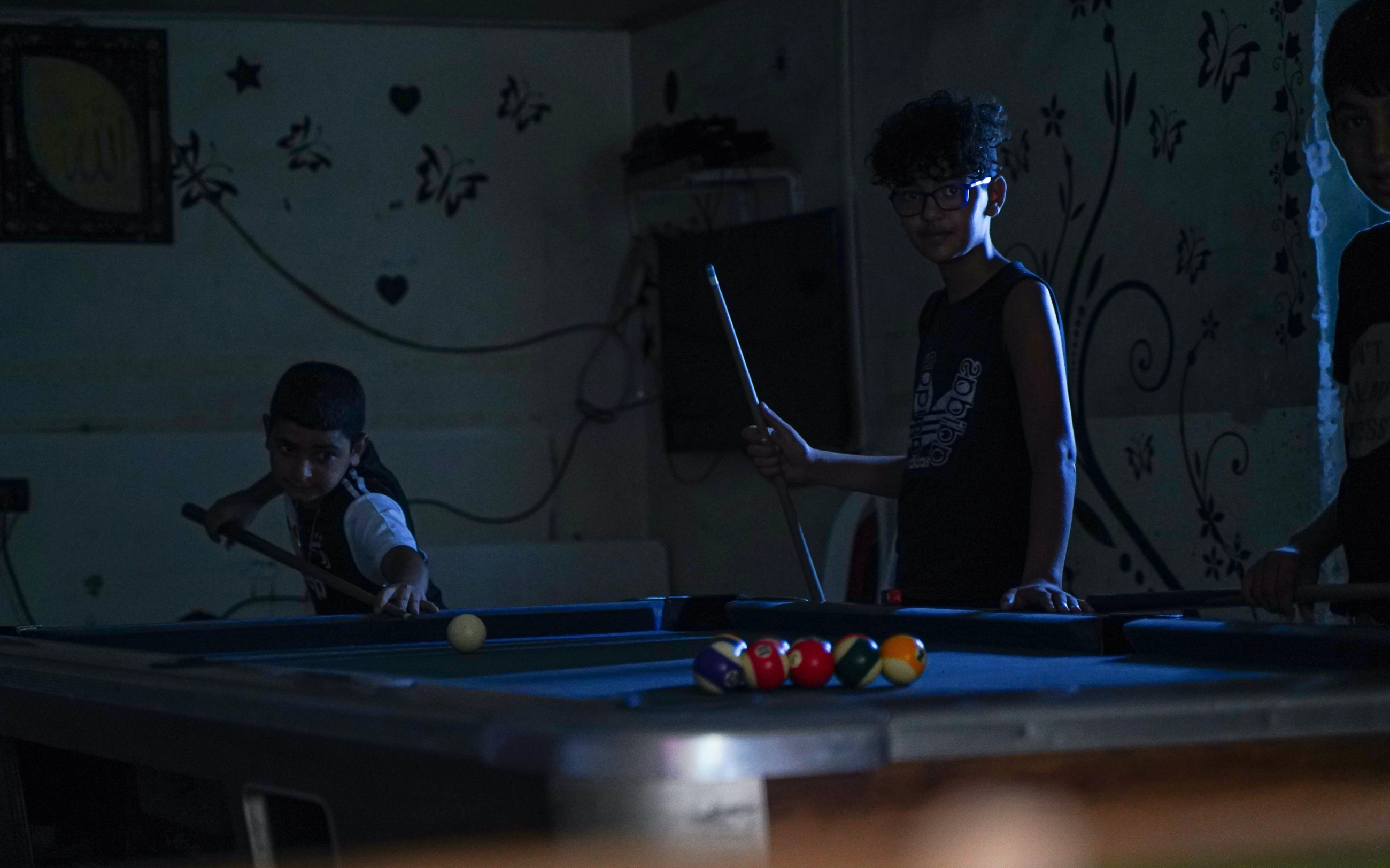
In addition to the economic crisis, Lebanon has faced months of severe fuel shortages that have plunged the country into darkness.
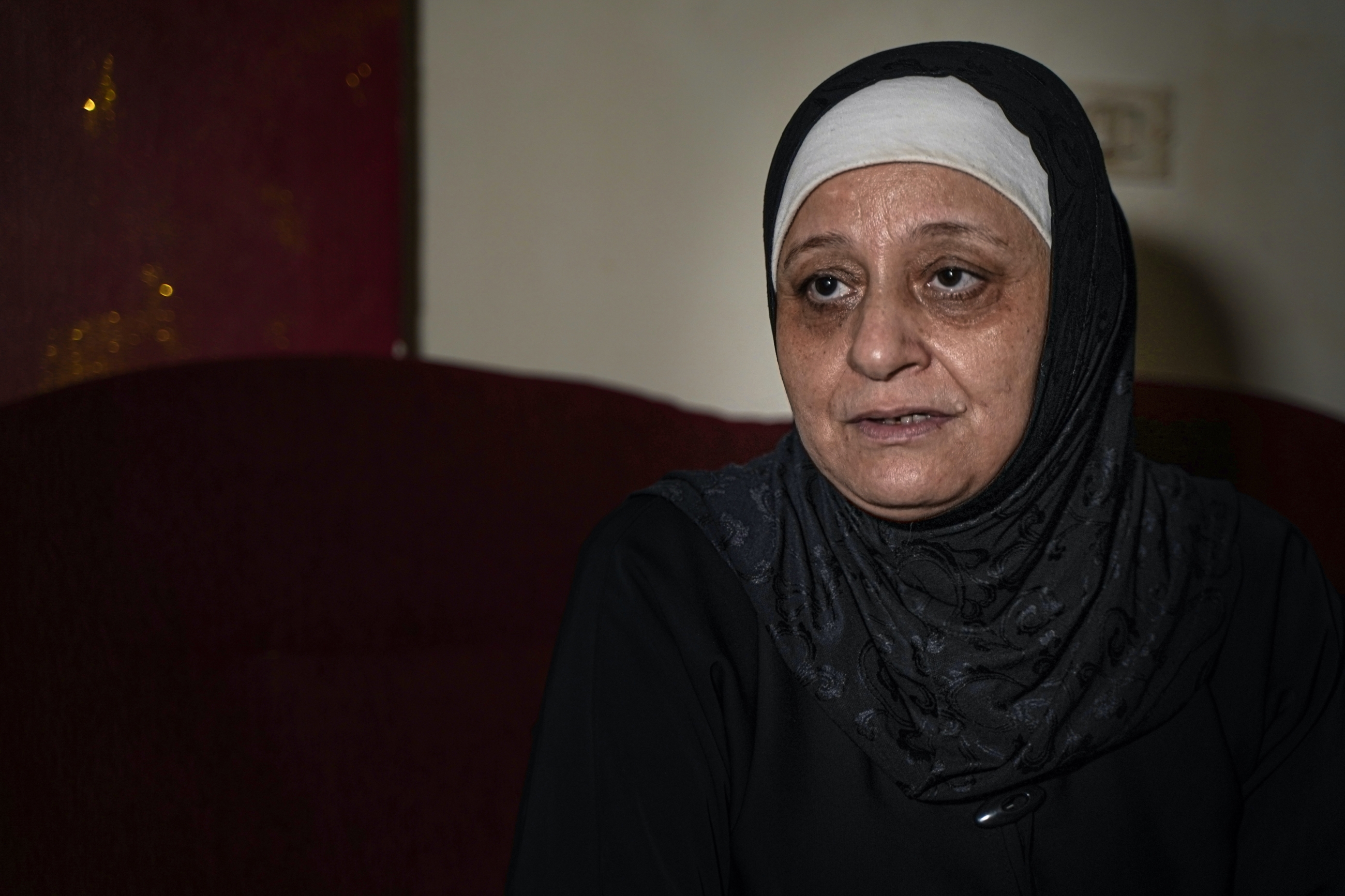
“If I am to describe the conditions in the camp in one word, I would say ‘misery’. Everyone is miserable,” said Aida.*
“We have seen wars and been through a lot, so we know that this crisis will pass, and things will eventually be better. But I feel sorry for young Palestinians, as they have not been given the opportunities to succeed and develop in this country.”
*All names changed on request

“I have no electricity at home, even though I pay two electricity bills – one to the government and another for a private generator,” said Abbas, who owns a small home appliances shop that used to pay for the basic needs of his five children, before the economic crisis.
“I used to pay 75,000 LBP [$50 before the Lebanese pound lost about 90 percent of its value] a month for the private generator; now it costs one and a quarter million LBP [approximately $830].”
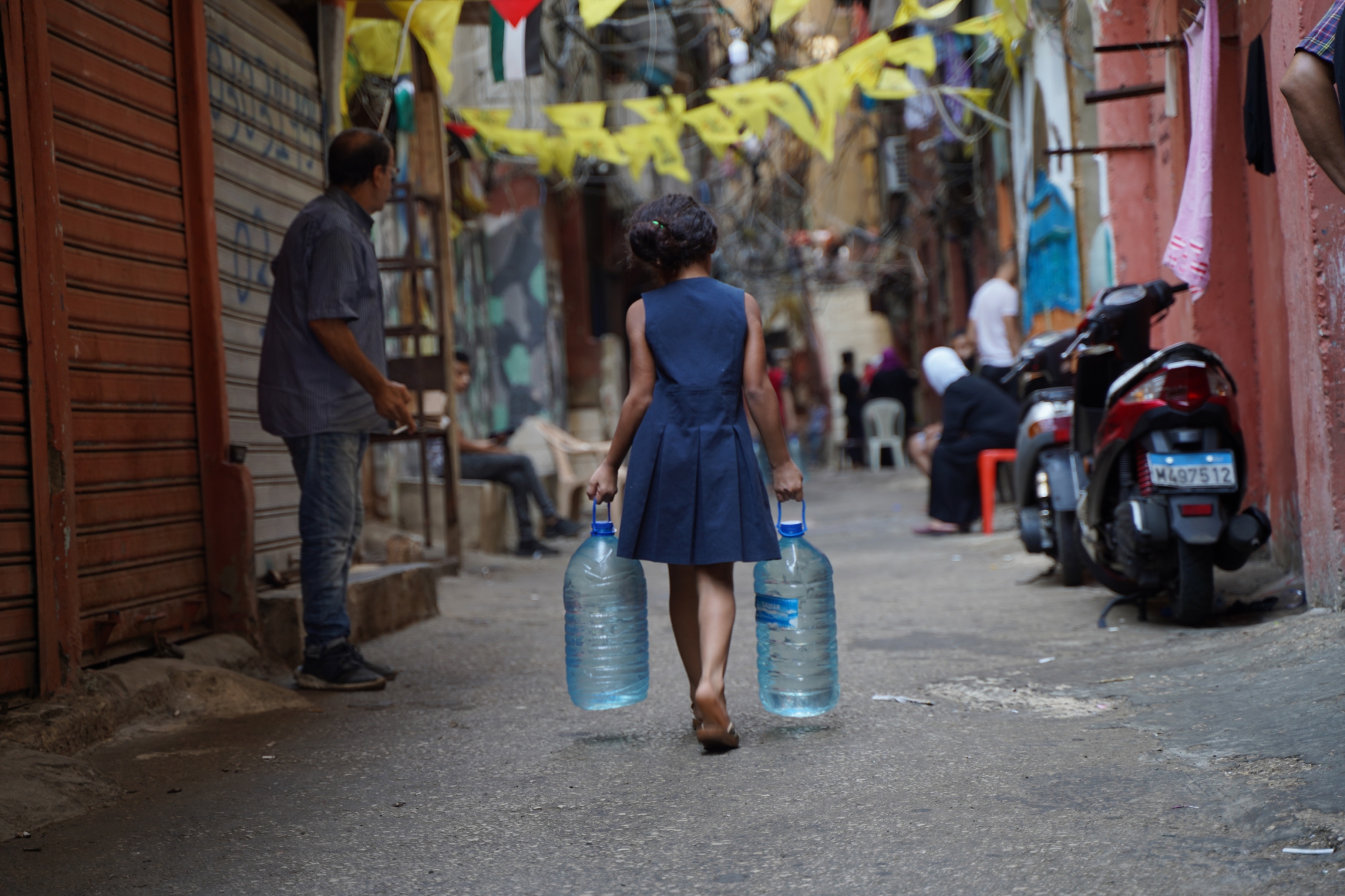
Alongside regular electricity blackouts, Unicef has warned that Lebanon’s water supply systems are on the verge of collapse. Clean and safe drinking water has become one of the biggest threats to the health of Palestinian refugees.
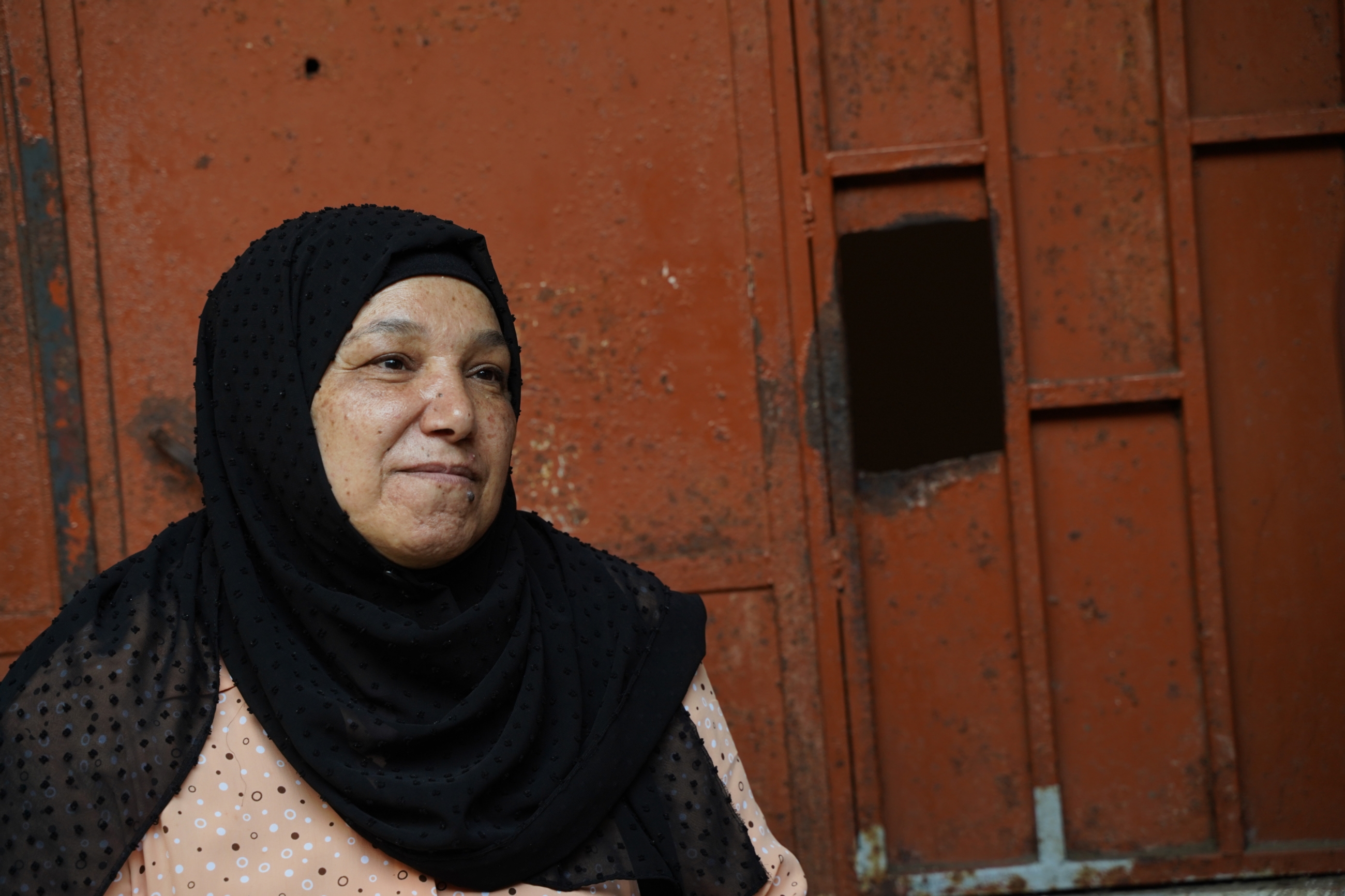
With tears in her eyes, Laila described how the impact of the economic crisis has matched that of war and displacement. After her husband passed away six years ago, she searched desperately for work until an organisation in Shatila offered to pay her $100 per month as a cook.
“Even though I am only paid $100, I do my best to manage and try to save up to buy medicine for my children when they need it.”
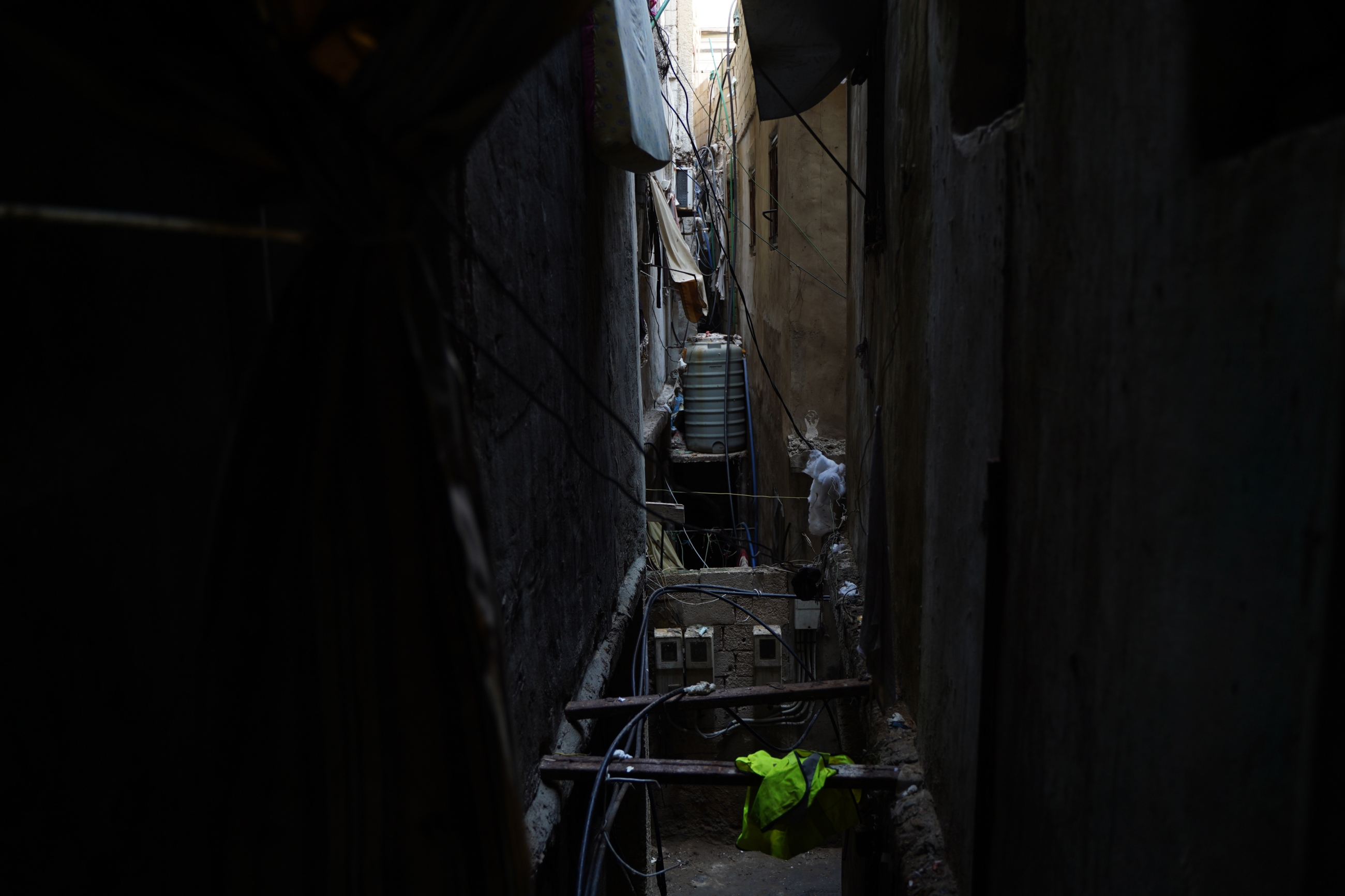
The road leading to the home of Nohad, a single mother of two-year-old Ahmed, is very narrow and dark, with water dripping from the dangling electricity wires and mixing with leaking water pipes.

Sitting at home with Ahmed in almost complete darkness, Nohad, like many residents of the camp, has been suffering from long hours of daily power cuts.
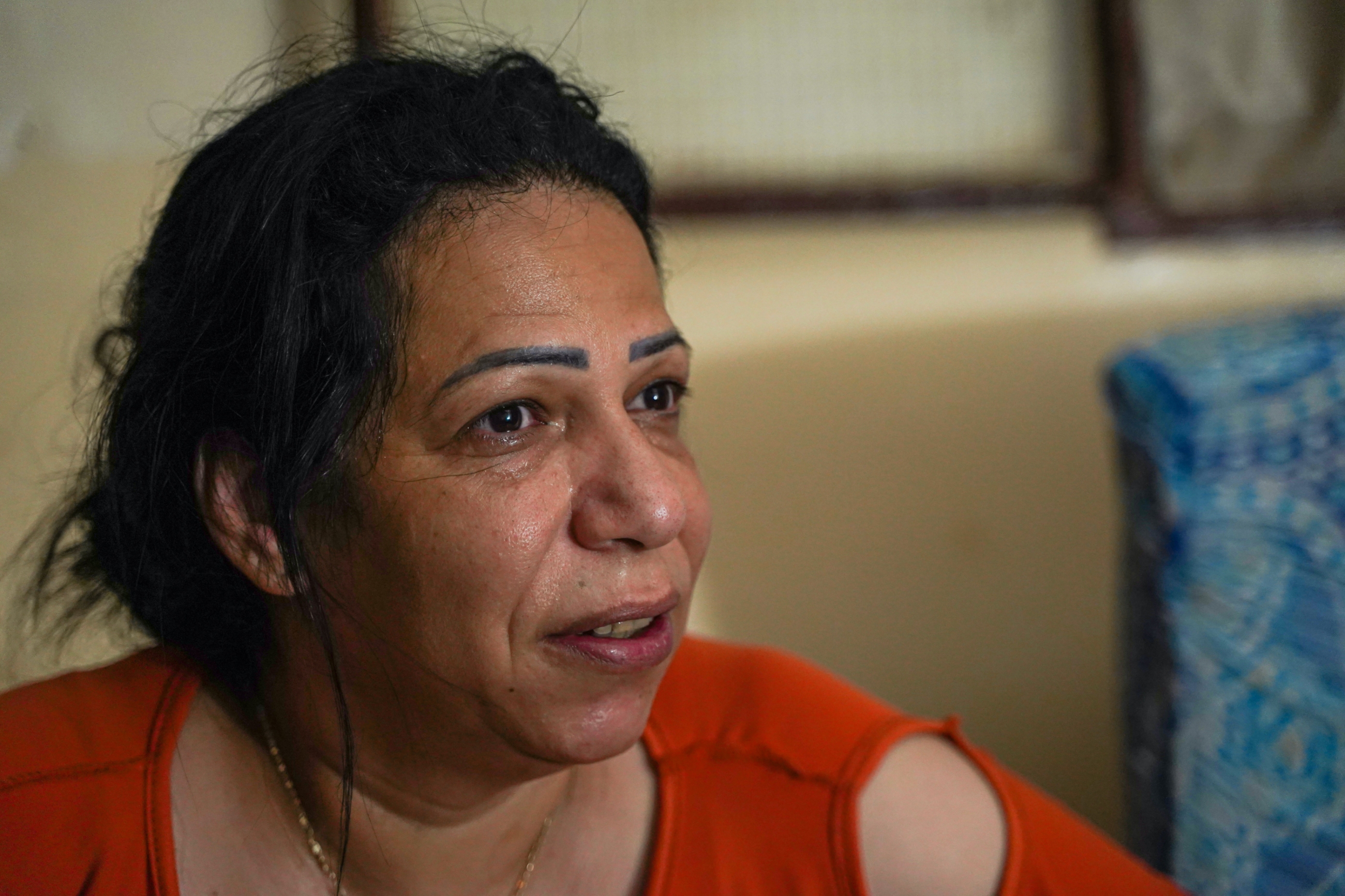
"I am paid 750,000 LBP a month [now worth $50], which is not enough for buying diapers and milk for Ahmed. There is no way that this amount of money lasts until the end of the month,” said Nohad.
“Many times I run out of money and I am unable to buy milk for my son, as it has become very expensive. He cries a lot because he is hungry, but I can’t do anything for him.
"My neighbours sometimes give me something to feed him when they hear him crying badly. I am really struggling in this country, and I am tired of these living conditions.”
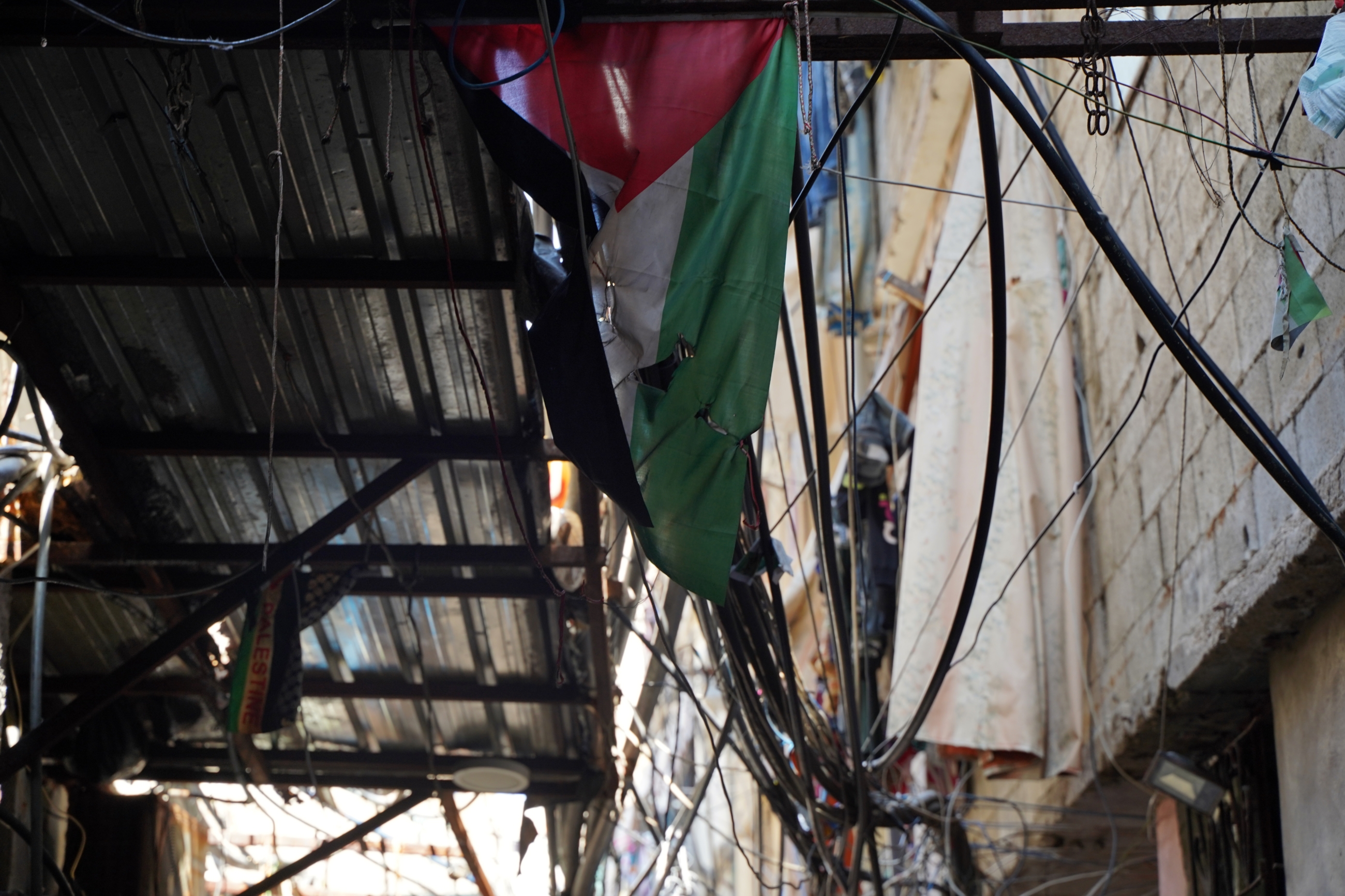
Palestinians in Shatila are in a never-ending cycle of crises. Many residents are yet to recover from the physical and emotional scars of a massacre committed by Lebanese militias when they stormed the Sabra and Shatila refugee camps in September 1982 and killed an estimated 800-3,500 Palestinians and Lebanese civilians, as the Israeli army watched on.
Middle East Eye delivers independent and unrivalled coverage and analysis of the Middle East, North Africa and beyond. To learn more about republishing this content and the associated fees, please fill out this form. More about MEE can be found here.


